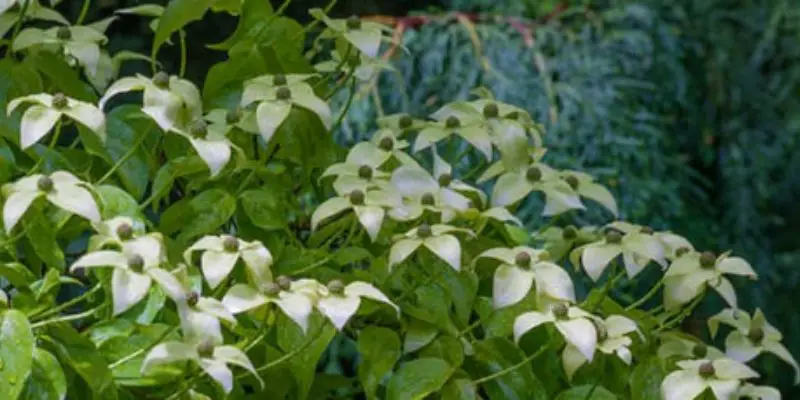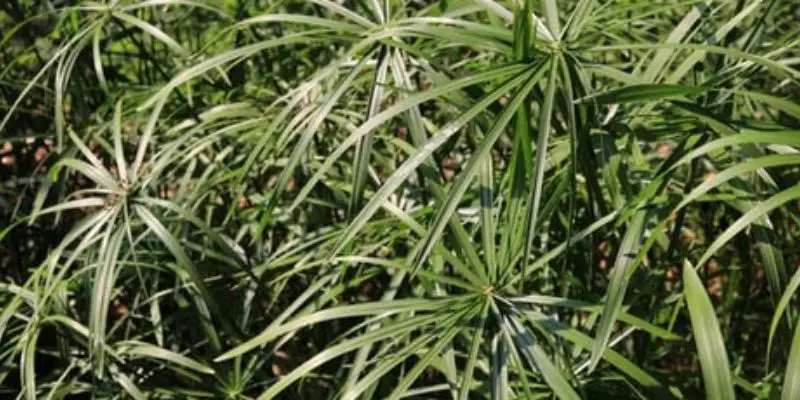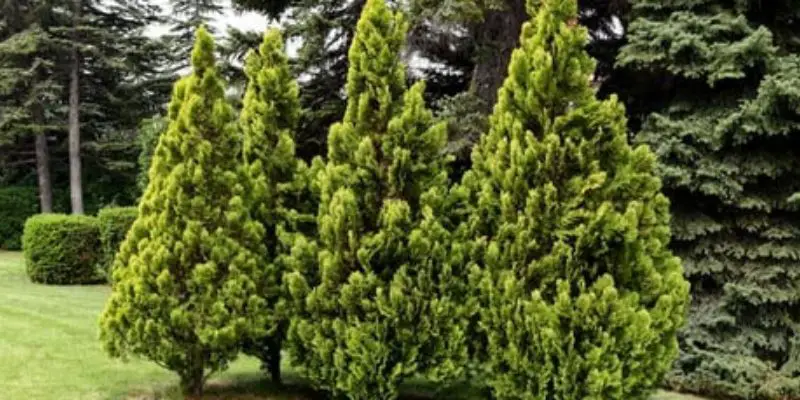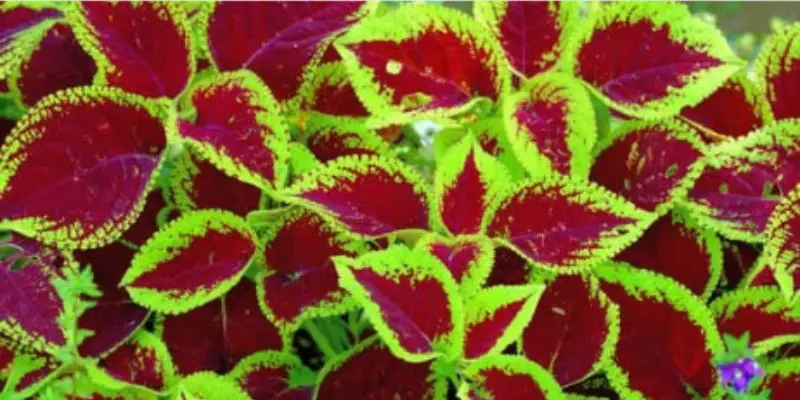Dogwood shrubs add fabulous multi-season appeal with lovely flowers, colorful autumn foliage, and showy red winter berry displays. However, overgrown dogwoods soon grow straggly and unproductive without occasional rejuvenation pruning. Learning how to prune dogwood bushes properly promotes bloom and fruit production in compact, attractive plants.
This in-depth pruning guide covers timing considerations, tool recommendations, specific cutting strategies, cleanup and aftercare tips for revitalizing overgrown dogwoods. With a little thoughtful attention taking out over-mature wood, you can restore dogwoods to vigorous specimen stature for ongoing seasonal landscape beauty.
When to Prune Dogwood Bushes
As when maintaining any flowering shrub, timing is key when learning how to properly prune dogwood bushes best. Pruning at the wrong time of year risks sacrificing the upcoming season’s bloom performance.
The ideal time for pruning most dogwoods is late winter just before spring growth resumes. Alternatively, prune immediately after flowering concludes while shoots are still young and succulent for quick recovery.
Late winter pruning avoids inadvertently removing early flower buds about to burst into bloom as weather warms. It also reduces sap bleeding from cuts that can attract boring insects. Prune dormant dogwoods for revitalizing new wood production.
Tools for Pruning Dogwood Shrubs
In addition to timing considerations, having the proper tools in hand makes pruning dogwood bushes much simpler. Invest in quality tools designed explicitly for maintaining woody ornamental shrubs.
Here are the best tools for tackling overgrown dogwoods:
- Bypass Hand Pruners – Manual pruners offer precise snip cutting capacity for stems up to 1⁄2 inch in diameter. Look for solid steel construction and curved handles suitable for shrubs.
- Bypass Loppers – Long handles provide better leverage powering through thicker wood up to 11⁄2 inches with less effort.
- Telescoping Pruners & Saws – Pole pruners extend your reach when trimming mature dogwoods safely keeping feet on the ground.
- Folding Pruning Saw – A compact razor-toothed saw takes out whole branches cleanly that pruners cannot handle.
- Hedge Shears – Electric or manual hedge shears quickly shear through denser parallel growth hand pruners cannot access.
How to Prune Dogwood Bushes – Proper Cutting Techniques
Understanding where and how to make the right pruning cuts is equally as crucial as timing when learning how to prune dogwood bushes for sustained beauty. Follow these guidelines to encourage plant vigor and floral displays:
- Always cut just above an outward facing bud or branch collar to lead subsequent growth away from plant centers
- Use thinning cuts removing entire branches back to their point of origin over heading cuts for fuller natural shaping
- Remove older inner branches shading the center which rarely flower due to insufficient sunlight
- Shorten overly long shoots on current season’s new wood to encourage basal branching while maintaining an appropriate height By thoughtfully removing older inner wood while strategically heading long outer shoots, plants remain compact with abundant flowering wood. Avoid taking off over one-third of total branches when pruning dogwood shrubs annually.
Rejuvenating Mature Overgrown Dogwoods
In addition to regular light annual pruning, substantial corrective cutting periodically is required for reinvigorating over-mature declining dogwoods with substantial dieback and small flowers. Severe pruning stimulates vigorous replacement growth revitalizing tired plants.
Follow this straightforward 4-step process removing up to two-thirds of total wood for comprehensive dogwood bush rejuvenation:
- Remove selected inward-facing branches and old non-productive wood first.
- Thin dense tangles of remaining branches to reduce crown congestion and improve sunlight access inside.
- Head cut back long shoots on outside wood to stimulate basal branching closer to the main trunk.
- Shape overall outline by removing height or shearing width excess crowding out adjacent plants of optimal garden proportions.
Although it leaves the yard appearing sparse temporarily until regrowth fills back in, this systematic approach transforms the oldest, most decrepit dogwoods into vigorous beauties again.
Aftercare for Pruned Dogwood Bushes
The final principle for maintaining healthy dogwoods involves appropriate aftercare once major pruning is complete to aid recovery. Proper post-pruning care promotes quicker regrowth and prevents decline while establishing tender young shoots.
Follow these vital care tips:
- Clean tools after each cut wiping away debris otherwise exploiting fresh wounds. Sterilize all equipment with diluted bleach preventing disease transmission.
- Water deeply to prevent added stress, continuing weekly deep irrigation for establishing new shoots.
- Apply fresh mulch avoiding competition from weeds and grass. Leave ample space around stem bases for fluid airflow.
- Top dress annual light fertilization using acidic formulas designed specifically for camellias and azaleas avoiding salt buildup from mass-market blends.
- Monitor for pests like borers or scale attracted to vulnerable regrowth. Intervene promptly if detected.
- Delay follow-up rejuvenation pruning at least 24 months for wood maturity adequate to support prolific blooms before removing substantial quantities again.
Conclusion
Learning appropriate timing techniques and renewal pruning principles transforms overgrown dogwoods from lackluster back into highly adorned landscape showpieces. Set plants up for success sterilizing tools after each cut to prevent spreading diseases through fresh open wounds prone to invasion.
With mindful strategy, removing congested and unproductive old wood is the key revitalizing dogwoods into compact flowering machines. Soon you’ll tackle renewing forgotten landscaping treasures with ease using these fundamental guidelines for optimal seasonal enjoyment.
Restore impressive displays through attentive winter renewal pruning when neglected dogwoods outgrow their space.
Also read:
Best Electric Hedge Shears – Top 6 Reviews and Buying Guide
Best Electric Bush Trimmers – Top 5 Reviews and Buying Guide
Best Electric Hedge Trimmer – Top 5 Picks and Buying Guide
FAQs About How to Prune Dogwood Bushes
Q: How much should dogwoods be pruned annually?
A: In general limit pruning dogwoods lightly each year, removing no more than one-quarter of total branches to avoid undue stress.
Q: Can you cut back dogwoods drastically?
A: Yes, mature dogwoods respond well to periodic severe pruning for complete rejuvenation every few years removing up to two-thirds of total wood.
Q: When is the worst time to prune dogwood shrubs?
A: Later than mid-spring risks removing emerging flower buds. Prune either late winter or immediately after peak flowering concludes.
Q: Will dogwoods bloom if pruned improperly?
A: Pruning at the wrong time reduces potential floral displays but plants still may produce some flowers just substantially less than if timed correctly.
Q: How long after rejuvenation pruning do dogwoods bloom again?
A: Expect only foliage the first year after extensive renewal pruning while the plant regrows. Bloom production resumes second season in summer on mature wood produced the prior year once adequate branching re-establishes.

Michael Glenn is a certified arborist and horticultural expert with over 15 years of experience in the landscape industry. His passion for plants and trees has led him to become a sought-after authority on pruning and trimming techniques. Glenn’s in-depth knowledge of proper pruning methods, timing, and tools has helped countless homeowners and professionals maintain healthy, aesthetically pleasing gardens and landscapes.
In addition to sharing his pruning expertise through practical tips, step-by-step guides, and expert advice, Glenn is also a respected author of pruning tool buying guides. His comprehensive reviews and comparisons ensure readers can make informed decisions when investing in quality loppers, pruning shears, saws, and other essential equipment. With a deep understanding of plant biology and sustainable practices, Glenn’s writing empowers audiences with the knowledge needed to properly care for green spaces.





